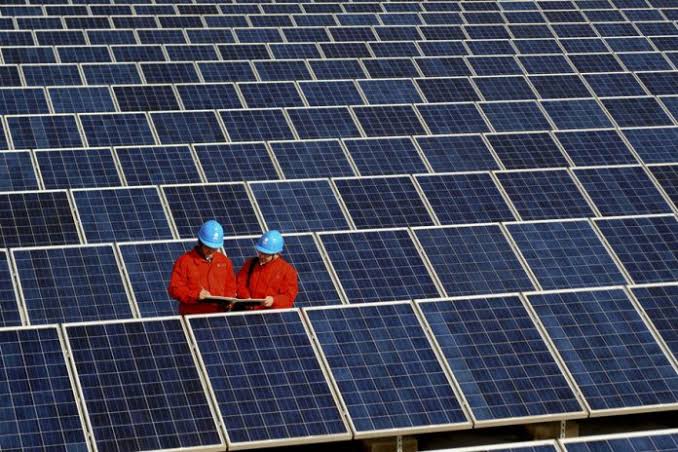The collaboration between the government’s Special Investment Facilitation Council (SIFC) and Energy NPAK to establish a one-megawatt solar power plant in Hunza, Gilgit-Baltistan, represents a significant stride in addressing the region’s energy deficit. This strategic partnership combines the public sector’s facilitation with the expertise of a private solar company, underscoring a shared commitment to sustainable energy solutions.
Situated at a lofty altitude of 2,800 meters, the solar plant stands as a testament to the utilization of renewable resources to meet energy demands. With over 2,300 solar panels, the facility is poised to generate 1,600MW of electricity annually. This not only addresses the immediate energy needs of local homes and industries but also aligns with broader global objectives of combating climate change.
The significance of the project extends beyond mere power generation; it symbolizes a shift toward cleaner, more environmentally friendly energy sources. By producing 1,600MW of electricity, the solar plant is expected to curtail the release of 1,100 metric tonnes of carbon into the atmosphere each year. This underscores the dual purpose of enhancing energy access and mitigating the carbon footprint, contributing to the global fight against climate change.
Looking ahead, the local government’s commitment to renewable energy in Gilgit-Baltistan is evident in its plans to introduce additional programs. These initiatives are poised to further diversify the energy mix in the region, reducing reliance on conventional sources and fostering sustainability. Moreover, the announcement of a second phase, involving the commissioning of a 2MW solar plant in 2024, demonstrates a continued dedication to expanding clean energy infrastructure and meeting growing energy demands in the region.
The collaborative efforts between the government and Energy NPAK to establish the solar power plant in Hunza mark a significant milestone in addressing energy challenges in Gilgit-Baltistan. This initiative not only enhances energy accessibility but also exemplifies a commitment to sustainable, environmentally conscious practices, with plans for future expansion and continued focus on renewable energy solutions.


